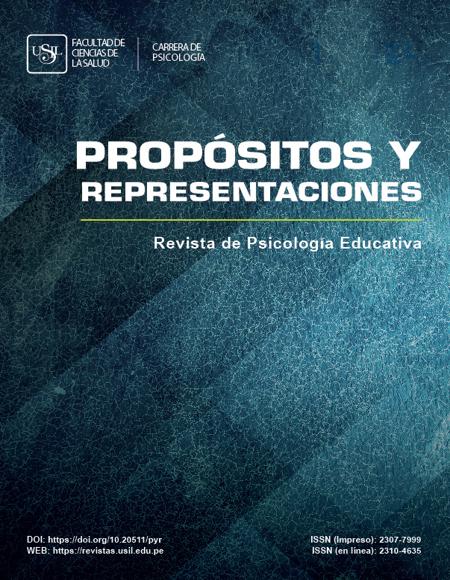Modern Approaches to the Study of Medicines Used in the Treatment of Patients Diagnosed with Covid-19
Modern Approaches to the Study of Medicines Used in the Treatment of Patients Diagnosed with Covid-19
##plugins.themes.bootstrap3.article.main##
The new coronavirus (COVID-19) was first detected in the city of Wuhan in China in December 2019. Most patients infected with COVID-19 had clinical manifestations of dry cough, fever, shortness of breath, chest pain, fatigue and malaise, pneumonia, and bilateral chest CT infiltration. Soon COVID-19 spread around the world and turned into a pandemic. Now this disease affects many patients around the world. Patients with concomitant diseases have a high risk of COVID-19 infection, the infection is quite severe, leading to organ dysfunction, which is acute respiratory distress syndrome, acute kidney damage, septic shock, pneumonia and death. Currently, the coronavirus disease (COVID-19) is an imminent threat to global public health. Experts around the world are now actively searching for medicines that can stop the infection. Despite the fact that some modern therapeutic drugs have demonstrated quite high capabilities in the field of prevention or treatment of patients with COVID-19, various side effects have occurred during their use. Therefore, a comprehensive assessment of the safety profile of therapeutic agents against COVID-19 is highly relevant.














